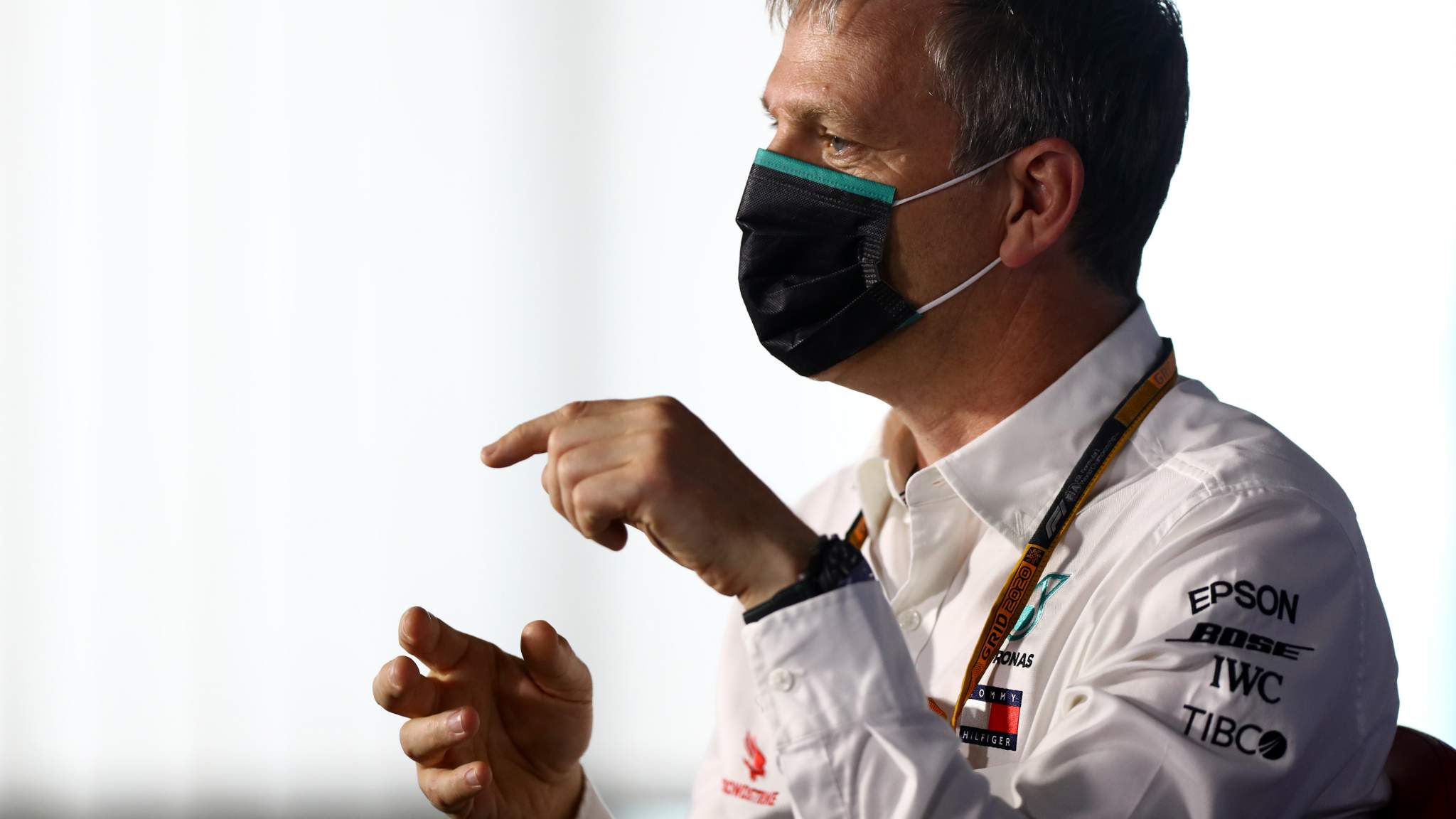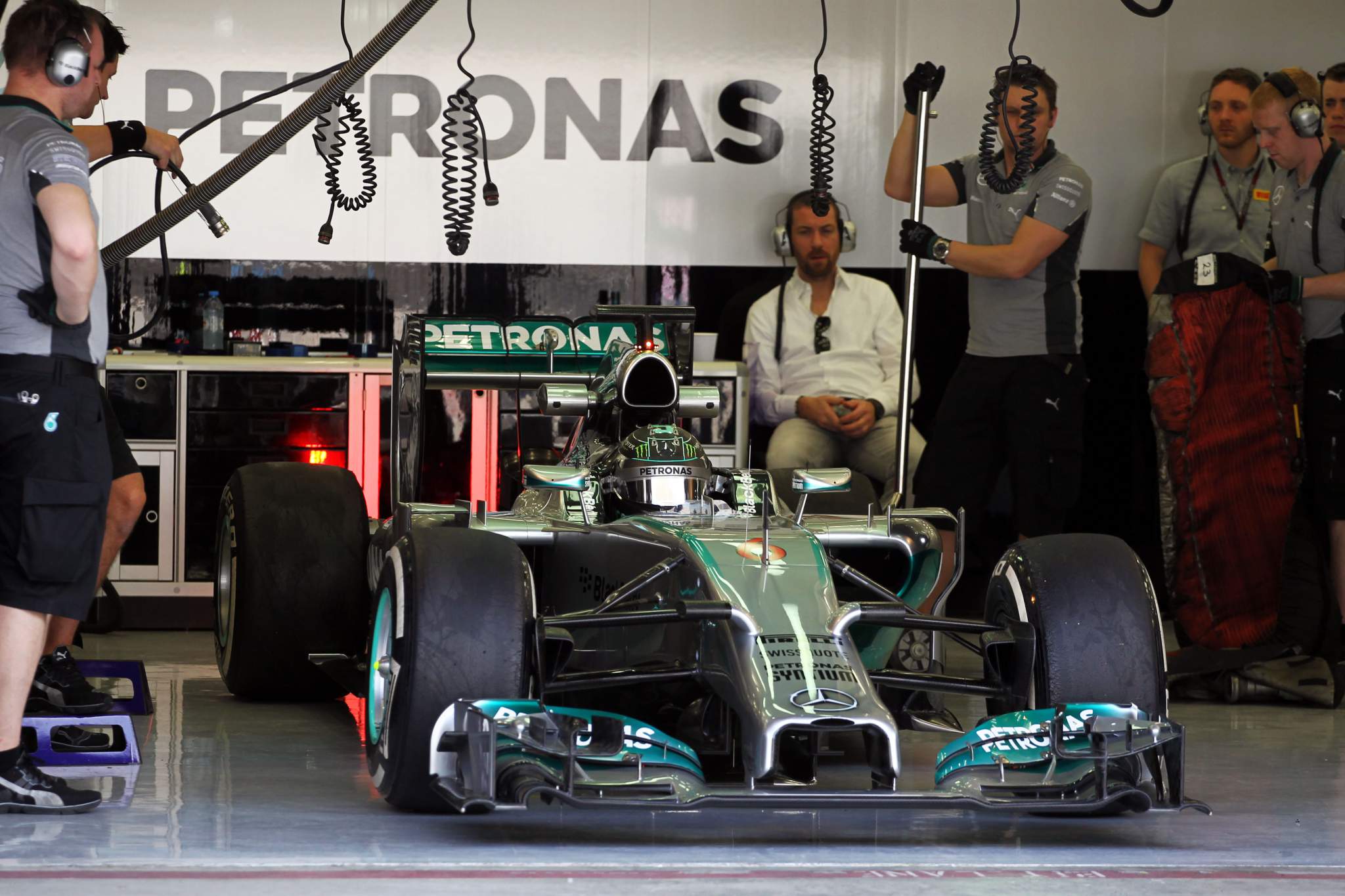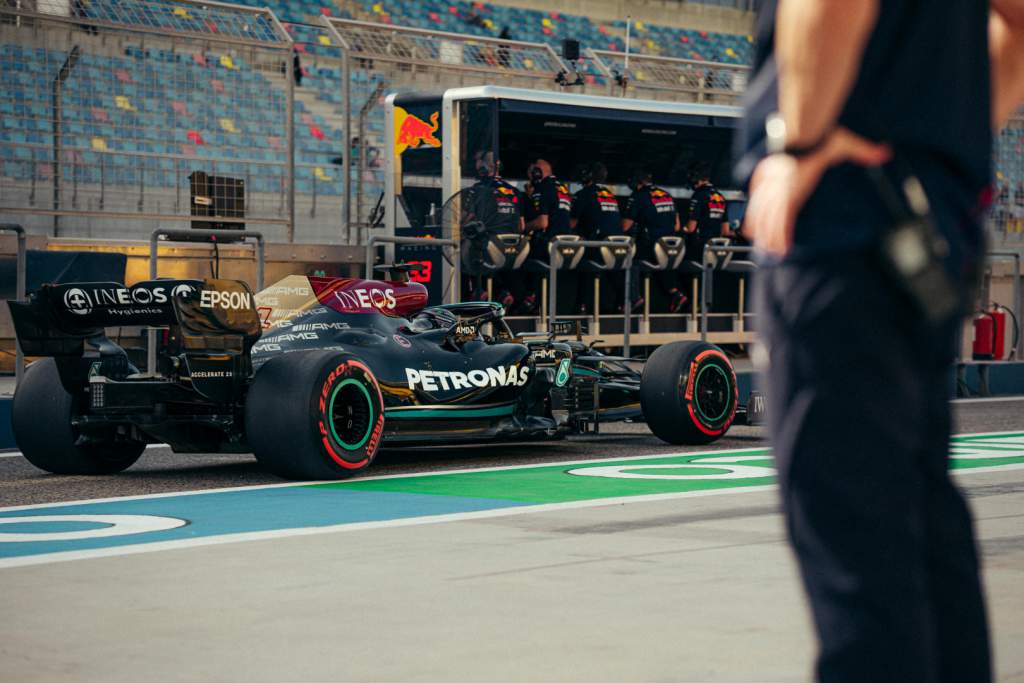Up Next

Fans of James Allison at Mercedes might briefly feel their stomachs drop reading the words “Mercedes evolves technical leadership” as the Formula 1 team’s management prepares to take its newest form.
This evolution does feature the latest Mercedes promotion from within, and a new technical director, but it is not about Allison’s exit. He will move into a newly-created role helping Mercedes meet “the strategic challenges” coming in 2022.
It’s a sign of a key Mercedes strength and Allison’s immense value to the title-winning juggernaut.
He has led the Mercedes technical department since early 2017 but the team has “known for a while” that he did not intend to continue in that position beyond 2021.
Even if Allison never intended (let alone wanted) to leave, Mercedes would never have entertained the prospect of such an experienced, insightful individual who has what team boss Toto Wolff calls “exceptional moral character”.

“I am delighted that we have been able to shape this new role to keep him within our motorsport family,” Wolff adds.
At a time when team spending is under massive scrutiny, Mercedes has seen fit to evolve its structure in a way that gives Allison the influence, motivation, and recompense necessary to keep him on its side of the fence.
No individual makes or breaks a modern F1 team because they are such expansive operations but the Wolff/Allison axis has proven to be ultra-effective for Mercedes so it makes total sense with Wolff extending his own contract to cover the next few years that finding a way to keep Allison onboard as well is a big priority.
It’s also the latest example of Mercedes’ ability to shift its form to meet a new challenge.
In the past it benefited enormously by splitting work for the new 2014 rules into a separate technical project. Geoff Willis was employed as project leader of the chassis and was dedicated to that programme from a conceptual stage and over 12-18 months this handed over to head of the engineering group Aldo Costa, who started to turn it into reality.

That gave tremendous focus to the 2014 car and played a vital part in Mercedes becoming F1’s leading force at the start of the V6 turbo-hybrid era. Though the lead time for 2022 is not so significant it seems logical that the timing of Allison’s switch – July 1 – will play into the development programme for 2022 and beyond.
Mercedes says that in his new role, Allison will work to “help ensure that the team always has the right capability to meet its needs”. Wolff expects him to be a “sparring partner”, Allison himself says he’ll “focus on increasing our capability across the board and supporting Toto with the major strategic challenges we face in the near future”.
It might be argued that this would have been beneficial 12 months ago, but it’s worth pointing out that as technical director of an operation that ceased development of its 2020 car early to focus on the 2021 aero rule changes, Allison is not coming in from the cold or playing catch-up.
He’s likely had all the input into the genesis of the all-new 2022 car that he needs. And those “strategic challenges” are a big threat, with Mercedes already operating under new budget cap and development restrictions.
Learning, adapting, and improving its processes within this new era of cost control and different rules – especially with a new engine formula and fuels on the horizon as well – will be vital to Mercedes not being caught out by the much-changed landscape F1 is already shifting to. This isn’t just a quick fix with a short-term focus, it’s something to help future-proof the organisation.
Wolff refers to Mercedes’ oft-referenced belief that “the organisation is a dynamic organism, and that we need to adapt continuously if we want to truly thrive”. He also points out that “effective succession planning has been a strength of our team” – look at how it handled Allison’s arrival and Paddy Lowe’s exit, Costa’s decision to leave, and engine chief Andy Cowell’s resignation. It never stopped winning. In fact in 2020 it was stronger than ever.
Approaching new challenges with greater pressure than ever means Allison’s new role will not have been created lightly, and there is also little reason to doubt the appointment of Mike Elliott as his successor as technical director.
Elliott has been under Allison’s wing for a long time, working with him at Enstone prior to joining Mercedes as head of aerodynamics in 2012 – reuniting with Allison five years later, the same season Elliott became Mercedes’ technology director.
Wolff says his appointment and “an exceptional group of senior technical leaders” puts Mercedes in “the best possible position for the sport’s next era” – a sentiment echoed by Allison, who calls Elliott an “exceptional engineer” who’ll bring “freshness” to the technical director role.
In accepting his new role, Elliott has referred to the “great pleasure and privilege” to work for Allison and having “big shoes to fill”.
But he also noted that the team will be able to call on Allison’s expertise and said, “the leadership strength at every level through the company will be vital to our future success”.
Allison’s continuation as part of an evolved structure with tremendous strength in depth is a textbook example of how Mercedes has stayed on top by adapting to meet any and all new challenges.






